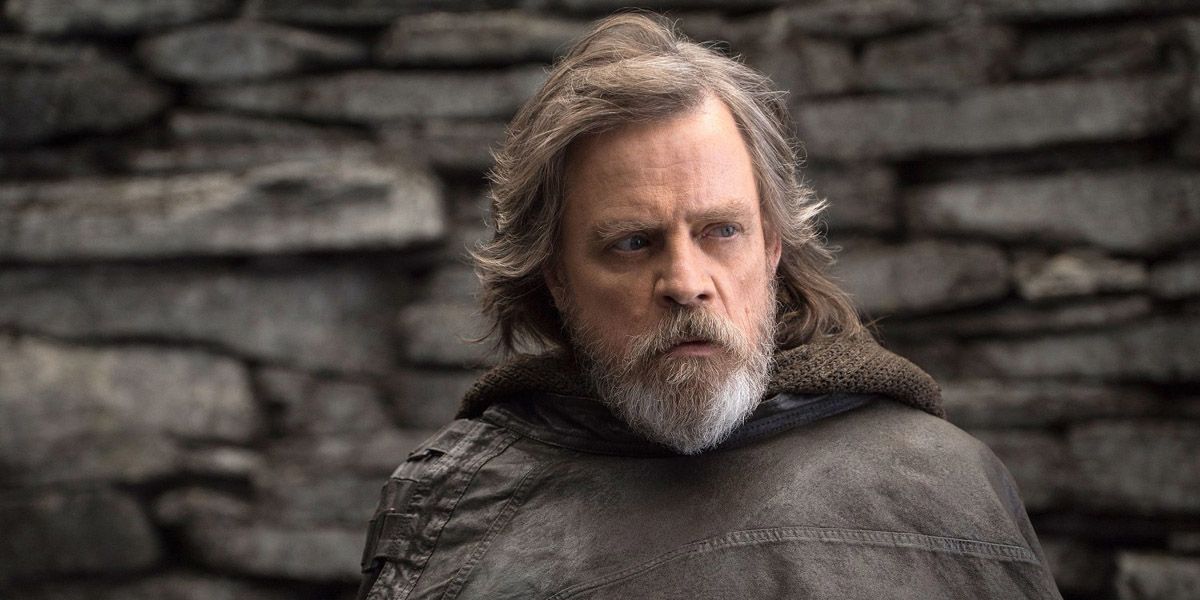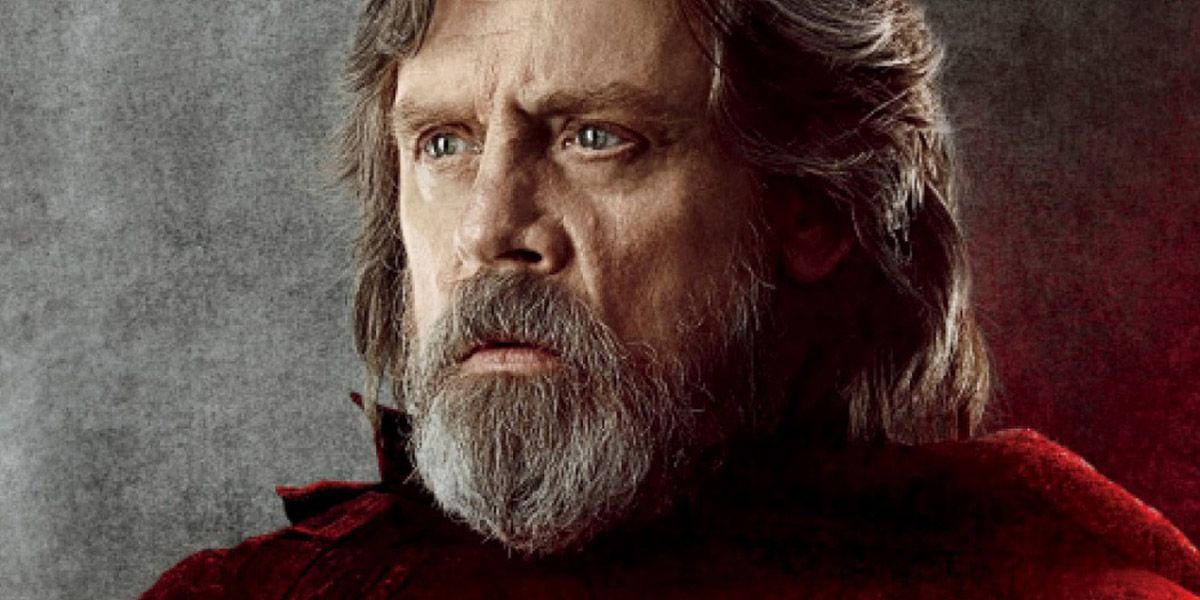WARNING: The following article contains major spoilers for director Rian Johnson's Star Wars: The Last Jedi, in theaters now.
Audiences were introduced to Luke Skywalker more than 40 years ago, in Star Wars: A New Hope, and were captivated by his journey from restless farm boy to Rebel hero to, finally, legendary Jedi Knight. After helping to defeat the Galactic Empire in 1983's Return of the Jedi, he disappeared from the screen fore three decades, only to reappear in the final moments of 2015's The Force Awakens as a Jedi Master in self-imposed exile.
Played once again by fan-favorite actor Mark Hamill, Luke fully returns in Star Wars: The Last Jedi. But in keeping with revived franchise's goals of shedding the old to make way for the new, he meets his apparent end during the final act of the film in a scene that will undoubtedly leave audiences asking a lot of questions.
RELATED: Star Wars: The Last Jedi's New Ships & Vehicles
The last few fighters for the Resistance had just made it to the abandoned Rebel Alliance outpost on Crait. With First Order forces, led by Kylo Ren, not far behind, Resistance fighters are trapped in a cave with nothing but an enormous metal door between them and their better-equipped foes. Despite the Resistance's efforts, the First Order is able to blast a hole in the door. Just then, when it seemed as though all hope was lost, none other than Luke Skywalker appears, and marches to confront the First Order and his former student Kylo Ren.
But as Kylo learns, only after wasting a lot of time and firepower, Luke was never physically on Crait. Instead, he was still on the ocean world Ahch-To, at the first Jedi temple, and casting a projection of himself across the galaxy. But how, and why, did he do that?
While the scene appears to be an epic confrontation between the Jedi Master and the student who betrayed, Luke never intended to kill Kylo. He had more noble intentions. The first was for Luke to let Kylo know he accepted his failure as a teacher, and that, no matter what, Kylo would fail in his mission -- because Luke isn't the last Jedi.
The second, and arguably the most important reason for Luke's appearance on Crait, was to distract the First Order while the Resistance made its escape. Luke's final act is to save the Resistance and the last glimmer of hope for the galaxy, or as Amilyn Holdo put it: the spark that will light the fire that will burn the First Order down.
After a brief but thrilling duel with Kylo, Luke, sensing the Resistance forces had gotten far enough away, stops fighting and powers down his lightsaber. Aside from the fact that he didn't need to continue the masquerade, Luke wanted to test Kylo one last time. He could either let this small victory go or strike down his former master in anger. The Jedi Master warns Kylo that the latter would ensure Luke's ghost would forever haunt him, just as Han Solo does.
REVIEW: Star Wars: The Last Jedi Is the Epic Adventure You've Been Waiting For
Kylo being Kylo, he allows his rage to control his actions, and swings his lightsaber through Luke, at which point we discover, after a brief moment of suspense, that Luke is a lot more powerful than we thought, and that he accomplished all of this without ever leaving Ahch-To.
Unfortunately, the ordeal proves too much for Luke, who collapses soon after his projection fades. He clambers back up and catches one last glimpse at the setting suns on his adopted planet before fading away, leaving only his Jedi robe behind.
While that will undoubtedly sadden Star Wars fans, we know this isn't a tragic passing. Just as Obi-Wan and Yoda before him, Luke fading away means he has become one with the Force.
This epic scene was a way of bidding goodbye to one of the remaining heroes of the original trilogy without compromising his significance to the narrative. The power behind it is in large part due to Hamill's often-poignant performance. It allows the sense of struggle to permeate from the character as we see how, despite his own inner conflict, Luke is able to fight to keep hope alive one final time.
What does this mean for Episode IX? While Luke's corporeal form is gone, he lives on through the Force and will no doubt be there when Rey needs his guidance, just as Obi-Wan and Yoda appeared to him. His decades-long story might be finished, but he may still have a part to play in Rey's journey.
In theaters now, director Rian Johnson's The Last Jedi stars Daisy Ridley as Rey, John Boyega as Finn, Oscar Isaac as Poe Dameron, Adam Driver as Kylo Ren, Mark Hamill as Luke Skywalker, Carrie Fisher as Leia Organa, Andy Serkis as Supreme Leader Snoke, Domhnall Gleeson as General Hux, Kelly Marie Tran as Rose Tico and Laura Dern as Vice Admiral Amilyn Holdo.


